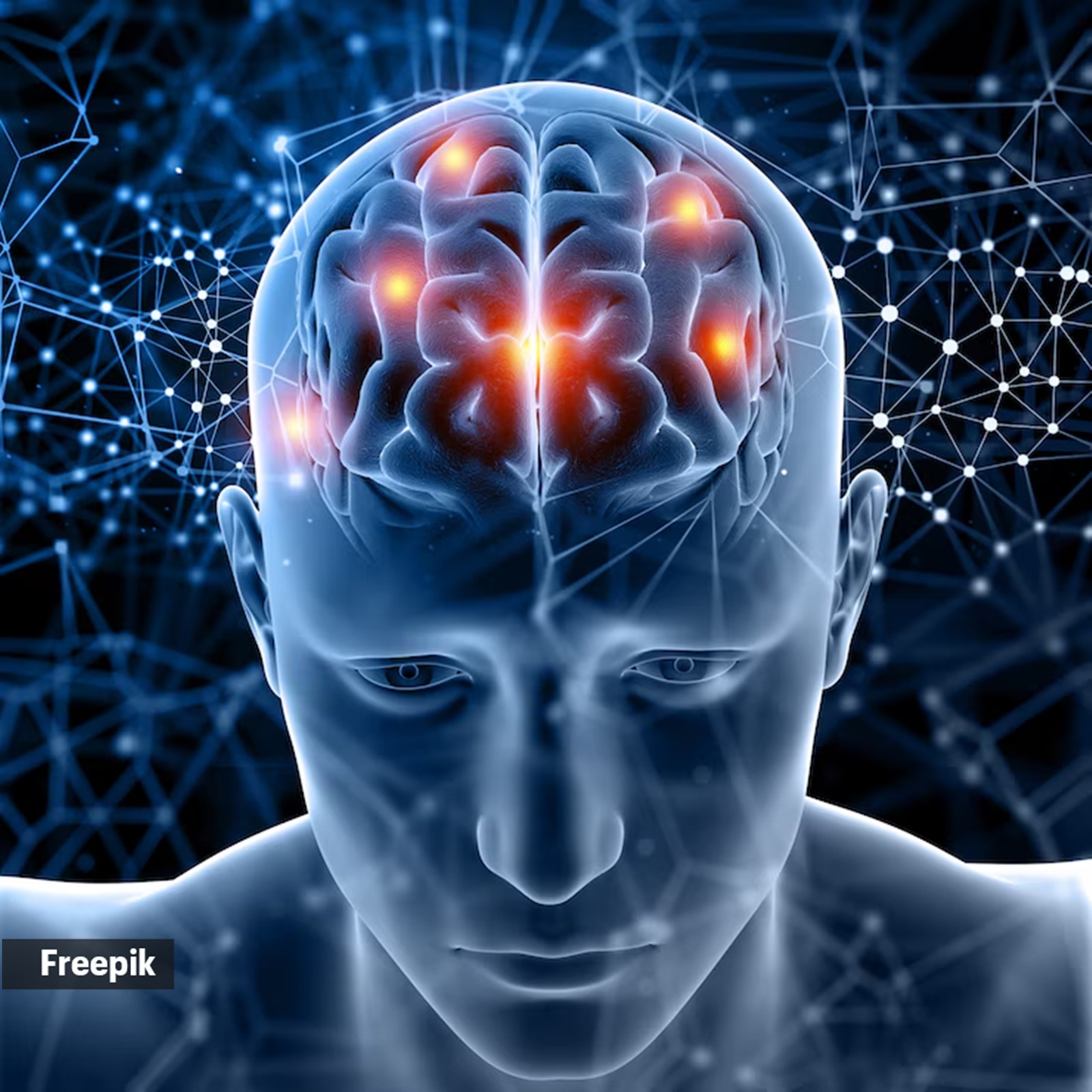📣 For more lifestyle news, click here to join our WhatsApp Channel and also follow us on Instagram
Visualise a pink elephant and then try to stop: What the ‘Pink Elephant Test’ tells us about intrusive thoughts
Pink Elephant Experiment: Recent studies suggest that not everyone experiences this struggle equally.
 What is the Pink Elephant Test? (Source: Freepik)
What is the Pink Elephant Test? (Source: Freepik)Pink Elephant Phenomenon: “Don’t think of a pink elephant.” This simple instruction, paradoxically, almost guarantees that the image of a pink elephant will pop into your mind. The phenomenon, described in Curt Siodmak’s novel City in the Sky, highlights how difficult it can be to suppress specific thoughts, especially visual ones. For most people, the harder they try not to think about something, the more persistent it becomes.
However, recent studies suggest that not everyone experiences this struggle equally. People with aphantasia, who cannot voluntarily create visual imagery, might find it easier to avoid the mental image of a pink elephant. This research sheds light on how our capacity for visualisation — or the lack of it — affects our ability to control intrusive thoughts, daydreams, and even trauma-related memories.
To understand more about this phenomenon, indianexpress.com spoke to Gurleen Baruah, existential psychotherapist at That Culture Thing, who explains, “It’s because our brains are wired to latch onto ideas we’re told to avoid. It’s like saying, ‘Don’t touch that button,’ and suddenly all you want to do is press it.”
She continues, “Here’s why it happens: our minds work by association. When you hear ‘pink elephant,’ your brain automatically creates a visual image to make sense of the words. Once the image pops up, trying to ignore it becomes even harder. The more you focus on not thinking about it, the more you’re actually reinforcing the thought because your brain keeps checking, ‘Am I still thinking about the pink elephant?’”
For most people, this shows how thought suppression is a bit of a losing game. The harder you try to avoid a thought, the more it sticks around. But interestingly, for people with aphantasia — who can’t create mental images — the pink elephant test doesn’t work the same way. “They simply don’t visualise the elephant because their minds don’t generate those images, to begin with,” notes Baruah.
 The study highlights that people with vivid imaginations are more prone to intrusive visual thoughts, such as the classic example of a pink elephant, due to their strong mental imagery. (Source: Freepik)
The study highlights that people with vivid imaginations are more prone to intrusive visual thoughts, such as the classic example of a pink elephant, due to their strong mental imagery. (Source: Freepik)
Link between vivid visual imagination and a person’s susceptibility to intrusive or involuntary thoughts
Research has found that people with vivid visual imaginations are more susceptible to intrusive or involuntary thoughts, reveals Baruah. “This connection was highlighted in a recent study that explored how individuals with varying levels of visual imagery responded to thought suppression. The study conducted by Derek Arnold, a professor in the School of Psychology, and Loren N. Bouyer, a PhD student in Neuroscience, both at The University of Queensland revealed that those with stronger, more vivid imaginations tend to create highly detailed and intense mental images, which makes it harder for them to stop these images from resurfacing when they try to suppress them.”
Baruah explains that this ability, which fuels creativity and visualisation, also leads to involuntary replay of images. In contrast, individuals with weaker visual imagery or conditions like aphantasia are less likely to have such thoughts, as their minds don’t generate vivid pictures to replay. Ultimately, while vivid imagination is valuable, it can make it harder to suppress unwanted visual thoughts.
How does aphantasia impact a person’s ability to manage trauma or intrusive memories?
Aphantasia, the inability to form mental images, can impact how trauma and intrusive memories are experienced, remarks Baruah. People with aphantasia may be less likely to have vivid flashbacks, providing some relief from the visual re-living often seen in PTSD. However, this doesn’t eliminate emotional or psychological effects; trauma may still manifest through other sensory experiences or emotions.
While aphantasia can offer a natural defense against visual intrusive thoughts, it may also lead to difficulties with memory, particularly autobiographical recall, and hinder the ability to imagine positive future scenarios, affecting motivation and coping. Overall, while it may reduce visual re-experiencing of trauma, aphantasia does not fully shield individuals from its psychological impacts.
📣 For more lifestyle news, click here to join our WhatsApp Channel and also follow us on Instagram
- 01
- 02
- 03
- 04
- 05



























